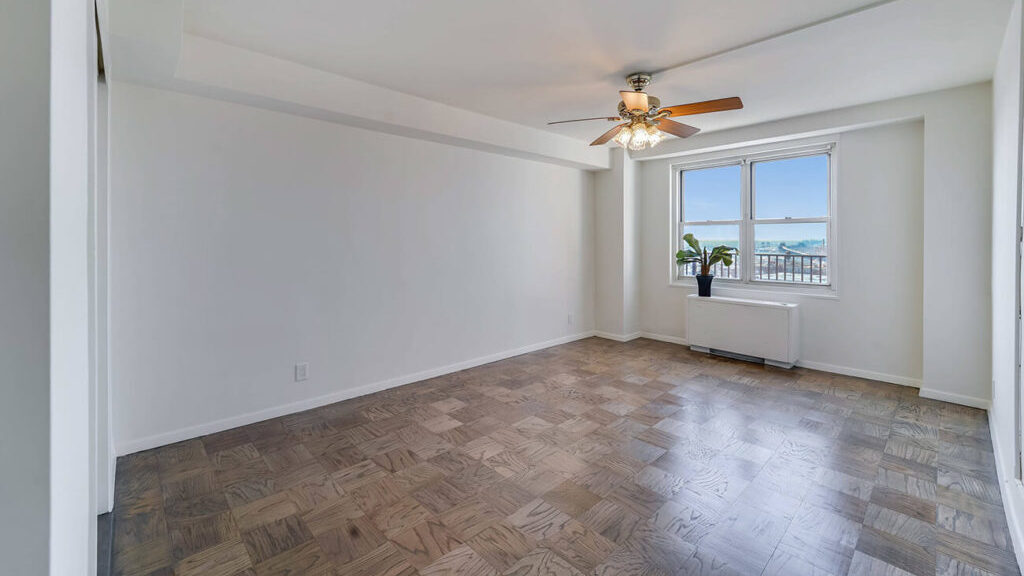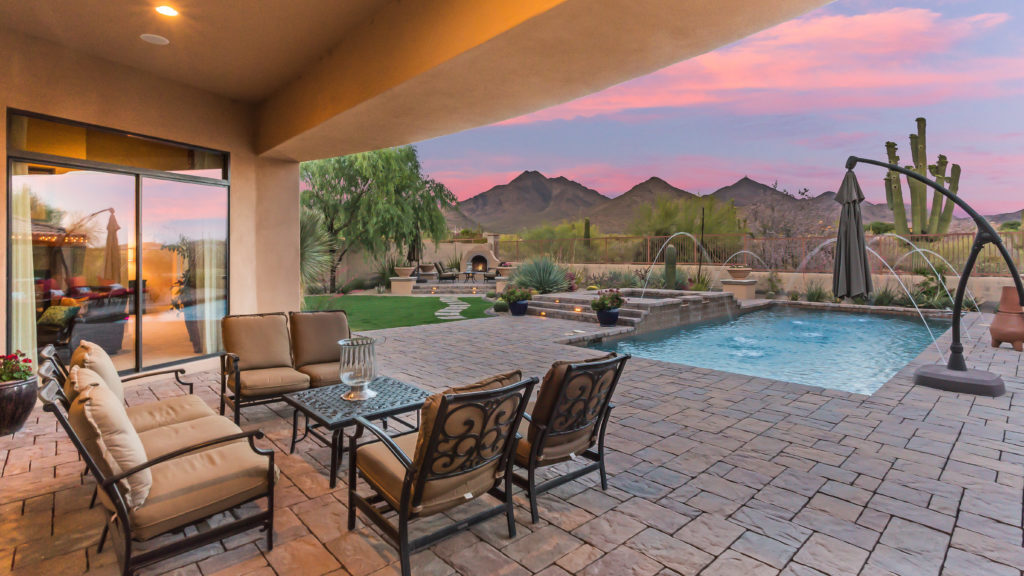Table of Contents
- What Does Home Staging Mean?
- Why Is Staging a Home Important?
- Virtual Staging vs Real Staging
- Benefits of Virtual Staging for Real Estate Marketing
Are you trying to decide whether you should use virtual staging or real staging to prepare your home before selling it? We will try and make that decision easier for you!
Vacant homes sell for an average of $11,306 less and spend six more days on market compared to staged and virtually staged homes.
Hence, why it’s crucial to stage your home before putting it on the market.
In this post, we’ll discuss virtual staging vs real staging and what is the best option for staging a home.
Let’s start by explaining what home staging means and why it is important.
What Does Home Staging Mean?

Home staging means preparing the home and making it appeal to as many buyers as possible.
Typically, it involves redecorating, decluttering, rearranging furniture, cleaning, and using other strategies to present the home in the best possible light.
The goal is to make the home as attractive and appealing as possible to the most potential buyers.
Why Is Staging a Home Important?

For starters, 71% of buyers are looking for a move-in-ready home and staging can help give that impression.
So to appeal to buyers that want a move-in-ready home and get the best possible offer, staging is vital.
Staging a home also makes it easier for potential buyers to envision themselves living in the home.
On the other hand, photographs and other personal items can make it difficult to see the property in its best light and can turn a buyer off.
That’s why you should stage your home and try to make the interior and exterior appeal to a wide range of potential buyers.
But professional home staging can be costly, and you have to pay for expensive decor, furniture, repairs, and other accessories.
With that said, let’s take a closer look at virtual staging vs real staging next and compare the costs.
Fast & Affordable
Virtual Staging Service
Interiors. Landscapes. Commercial. Virtually transform any space.
Virtual Staging vs Real Staging


You may be comparing home staging vs real staging to see what’s the better and more cost-effective option.
According to the National Association of Realtors, the median cost of home staging is $675.
In contrast to home staging, virtual staging generally costs around $20 per image.
Now, you may be thinking: why not do the staging yourself?
Even if you would stage your home yourself, you need to calculate for expenses such as:
- New furniture and décor
- Cleaning supplies
- Storage units and organizers for decluttering
- Floral arrangements
- Landscaping and other exterior repairs
- Your time!
In the end, that will all come down to a lot more than the cost of virtually staging your home, even if you’d decide to stage several rooms, plus the exterior to also boost curb appeal.
Benefits of Virtual Staging for Real Estate Marketing


The benefits of virtual staging for real estate marketing are many, and we’ve listed 5 main advantages:
1. More Affordable Than Traditional Home Staging
The good news is that virtual staging is more affordable than traditional home staging and can reduce the cost by up to 97%.
That’s a lot of savings right there!
For as little as $20 per image, you can choose between 11 room styles, an extensive furniture library, and 21 accessory types to make your home look fabulous.
2. An Excellent Marketing Tool
Virtual staging is an excellent marketing tool. It provides your listings with eye-catching images that will help buyers envision themselves living in the home.
And to make your listing stand out even further, you can create a single property website. This will add that extra sense of exclusivity and luxury to your listing.

These single listing sites allow you to add detailed information about your home, unlimited amounts of images, 3D tours, videos, floor plans, and more.
Plus you get a unique URL for your listing’s landing page and can SEO optimize it for search engines to boost visibility online.
On top of that, you can also get a matching flyer to maximize your marketing and professionalism.

With these marketing tools at your disposal, you can sell your home faster and for more money!
It's Never Been Easier To
Promote Your Listings
Photos. Floor Plans. Virtual Staging. Home Tours. Listing Websites.
3. Quickly Revamps Outdated Spaces
With virtual staging, you can take an empty, cluttered, or outdated interior and show buyers how fantastic it could look after decorating or renovating.
For example, you can get rid of unnecessary clutter and outdated furniture, remove personal items, and replace them with fresh and modern decor to make your home look top-notch.
This will help buyers see the potential of your home.
4. Helps Boost Curb Appeal
Curb appeal is an essential home-selling factor that gives buyers a first impression of your home.
It inclines them to want to step inside and also view the interior, plus increases the overall value of your home.
The real estate photo editing experts at PhotoUp can improve your home’s exterior, landscaping, and add or remove other exterior features to improve curb appeal and increase the value of your home.

5. A Covid-Friendly Alternative
One thing we need to consider in times of the pandemic is that virtual staging limits the exposure to contracting the virus.
Potential buyers can get a feel for the property without even viewing it in person.
They can look at the virtually staged images from the safety and comfort of their home and not have to take unnecessary risks.
Final Thoughts
We hope this post helped answer the question of whether virtual staging or real staging is the best option to stage a home before listing it.
As you can see, you can save a lot of time, effort, and expenses if virtually staging your home.
You can just sit back and wait for PhotoUp to return your beautifully staged images without having to lift a finger.
All you need to do is sign up with PhotoUp, upload the photos of your empty or outdated rooms, and we will return your staged images in less than 48 hours.
As simple as that!
Before you go, you may also want to check out the following resources:






